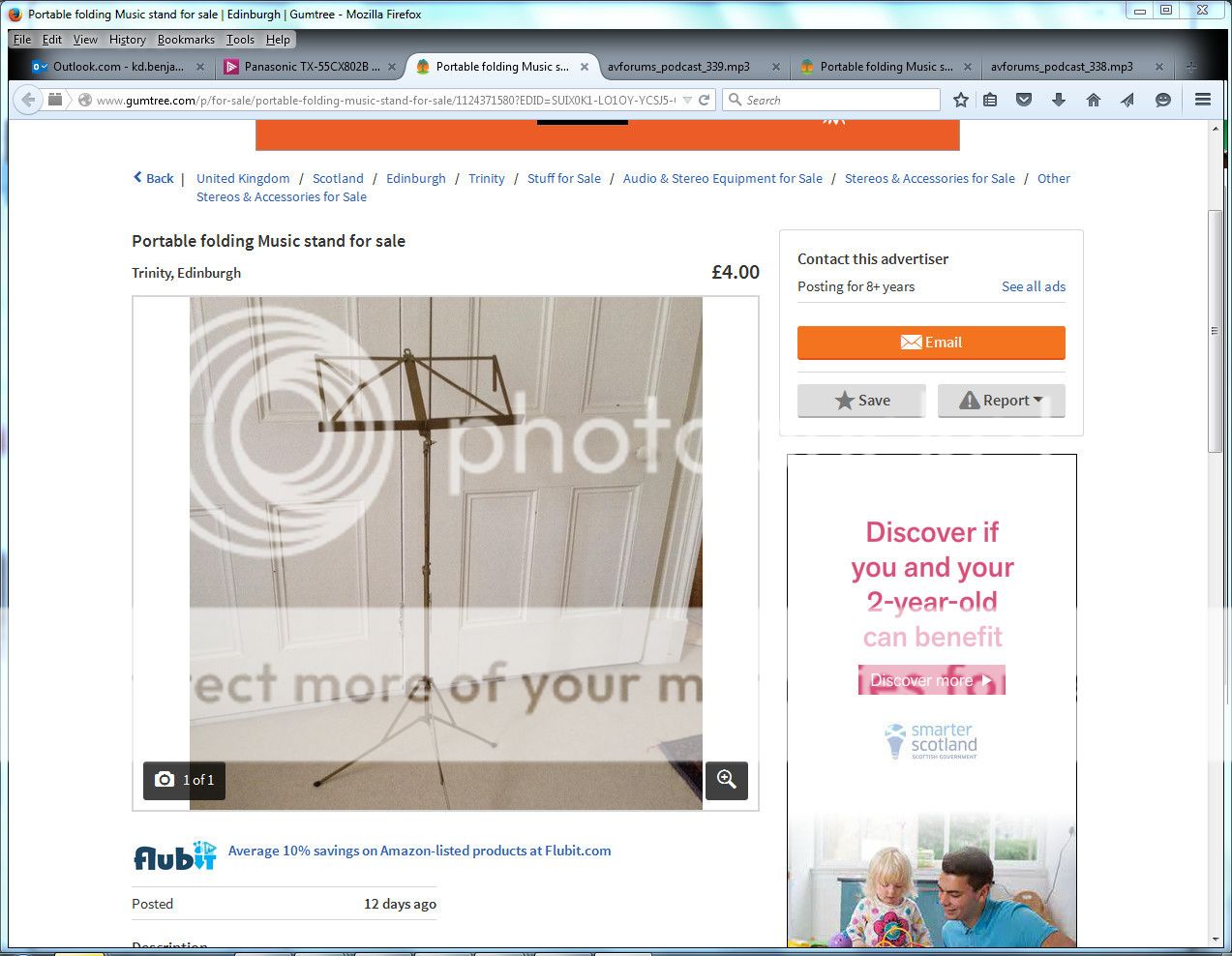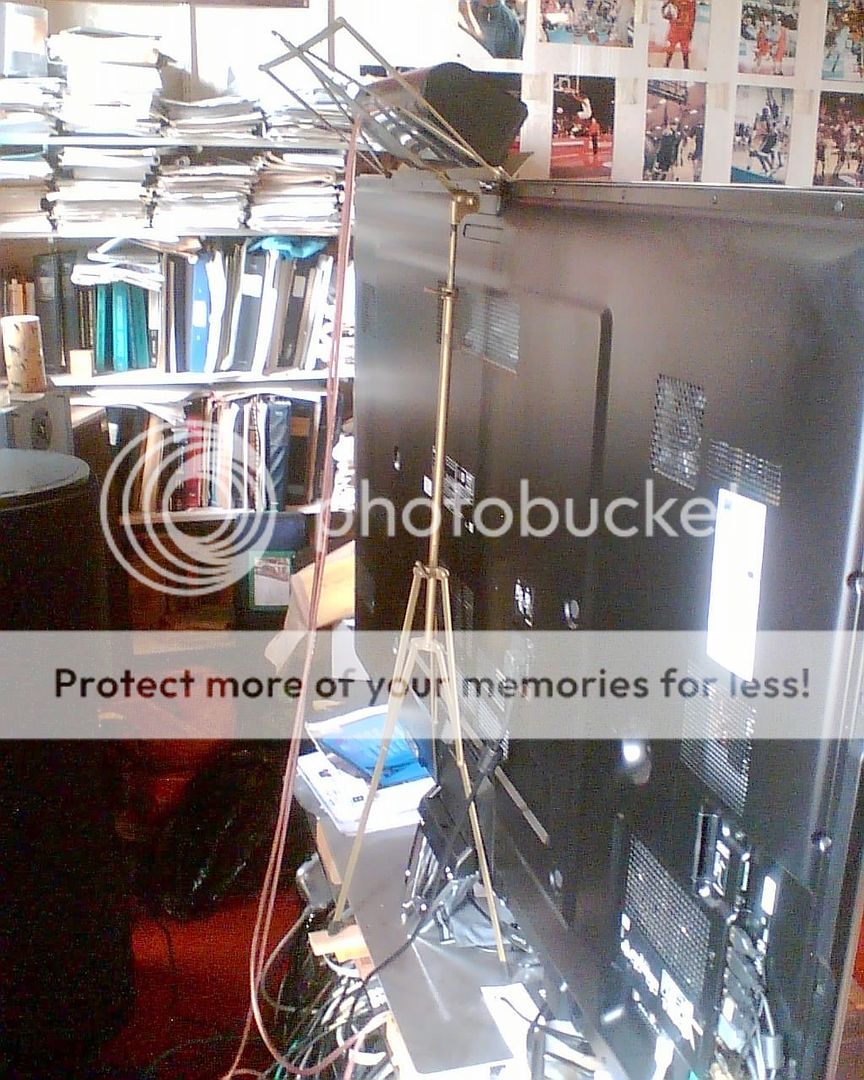For quite some time, a year or three, I've been aware that in my parlour, with a 11.1 speaker system using Audyssey processing of a Denon AVR 4810 receiver, the dialogue from the centre speaker has been a bit physically below the television. The systems in my kitchen and my bedroom (though not the front bedroom, which has only a 5.1 Yamaha receiver) use Yamaha receivers that can drive front presence speakers. The front presence speakers are about four or five feet higher than the centre speakers, and are on the wall immediately behind the televisions. Using one of Yamaha's movie sound processing modes, some of the output from the centre speaker appears to come from the presence speakers, and hence if the centre speaker is (as usual) physically below the television, the overall effect using the presence speakers (on a Dialogue Lift setting of 3, on a scale of 1 to 5) is that then the dialogue appears to come from a height about the middle of the television, not from below the television.
However, the Denon receiver in my parlour doesn't do dialogue lift processing. It does drive Front Height speakers, but that is only for processed and extracted Height information, the Front Height speakers carry no centre channel dialogue. It occured to me one fine day in July last year that the solution might be to use TWO centre channel speakers, and have one (as hitherto) speaker positioned immediately below the television, and one immediately above the television. Then, with a bit of luck, the dialague sound in films would appear to come from a vertical height somewhere in the middle of the television, not below the television. Of course, this effect would work best with two identical centre speakers, which I didn't have - my main centre speaker is a Kef Cresta 20c, and the extra one that I've now added is the centre speaker from my first home cinema speaker package, the Yamaha NX-C130. The Yamaha speaker is physically about only a fifth of the size and weight of the Yamaha, but better than nothing, or so I thought. Lastly at this stage, I wondered how best to connect the two centre speakers - I had heard of people connecting speakers in parallel, but I was worried about too much current being drawn from the receiver in that case, so I thought that I would connect the speakers in SERIES.
However, the Denon receiver in my parlour doesn't do dialogue lift processing. It does drive Front Height speakers, but that is only for processed and extracted Height information, the Front Height speakers carry no centre channel dialogue. It occured to me one fine day in July last year that the solution might be to use TWO centre channel speakers, and have one (as hitherto) speaker positioned immediately below the television, and one immediately above the television. Then, with a bit of luck, the dialague sound in films would appear to come from a vertical height somewhere in the middle of the television, not below the television. Of course, this effect would work best with two identical centre speakers, which I didn't have - my main centre speaker is a Kef Cresta 20c, and the extra one that I've now added is the centre speaker from my first home cinema speaker package, the Yamaha NX-C130. The Yamaha speaker is physically about only a fifth of the size and weight of the Yamaha, but better than nothing, or so I thought. Lastly at this stage, I wondered how best to connect the two centre speakers - I had heard of people connecting speakers in parallel, but I was worried about too much current being drawn from the receiver in that case, so I thought that I would connect the speakers in SERIES.




